Welcome to this fascinating lecture through the history of artificial intelligence in video games, held by Carlo Santagostino.

Over the decades, the integration of AI into video games has become a key element in delivering increasingly immersive and complex gaming experiences. In this conference, recorded on the occasion of Varese Retrocomputing 2023, we explore with Carlo Santagostino the path that has led video games, from the era of simple predetermined schemes, to the creation of virtual worlds in which characters act autonomously and react to the actions of players.
The Ancestor of the Internet: PLATO and the University Revolution
Our journey begins in the 1950s, when the first video games without artificial intelligence ran on huge university computers, which were powerful for the time. Even then, famous algorithms for tic-tac-toe, checkers and chess were making their appearance. Bertie the Brain and OXO were video games of the time and Nimrod was a supercomputer built by Ferranti.
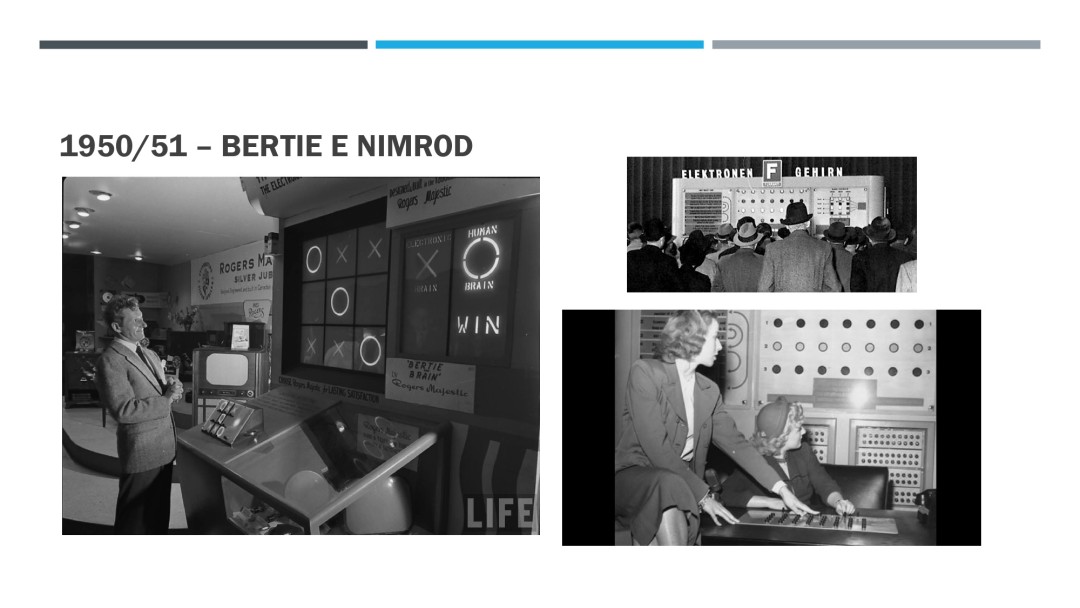
However, the real development of games occurred in university environments thanks to supercomputers and the PLATO network, an ancestor of the Internet. This network supported incredible resolutions of 1024×1024 points, a real miracle considering that we are in the 60s and 70s of the last century.
PLATO (Programmed Logic for Automatic Teaching Operation) started in 1960, on the ILLIAC computer at the University of Illinois. In the 1970s, it was used in virtually every university in the world, which was connected to this network.

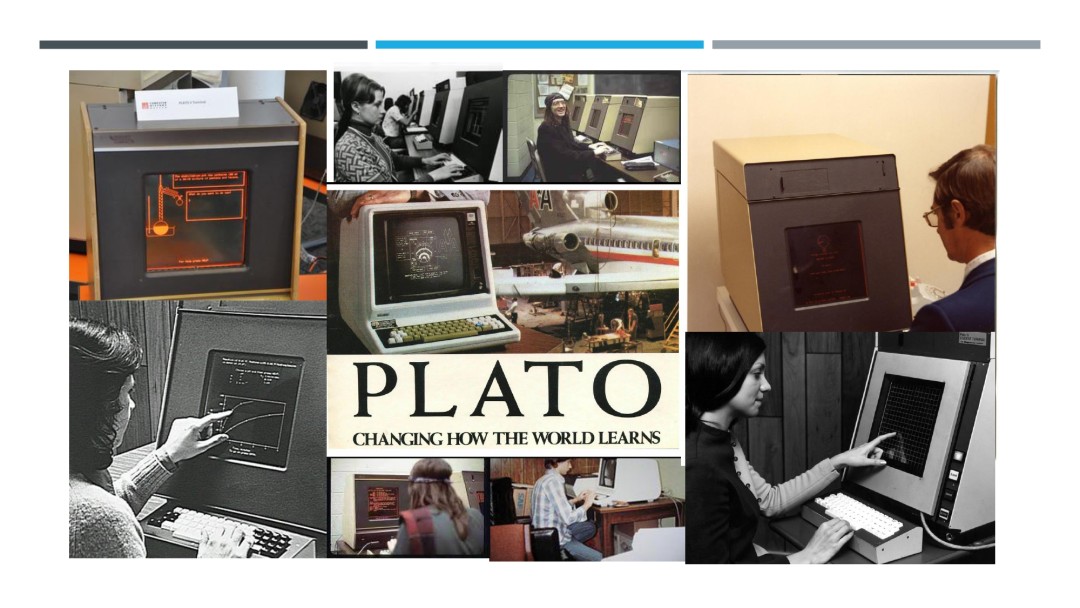
The Rise of 'Pong' and Arcade Games
In the 1970s, games like 'Pong', 'Gran Trak 10', and 'Gran Trak 20' dominated the arcades. They didn't use a microprocessor, but were made with TTL integrated. 1976 brought a fundamental turning point in the field of video games, with the advent of the MOS 6510 microprocessor. 'Sprint 2', a car racing video game, introduced algorithms for the first time that made it look like opposing cars were driven by real players.
Atari 2600 and the Home Video Game Revolution
In 1977, Atari introduced the Atari Video Computer System, also known as the Atari 2600, sparking the home video game craze. Games like 'Space Invaders', 'Video Olympics' and 'Pacman' became mass phenomena, although the first implementations lacked sophisticated artificial intelligence.
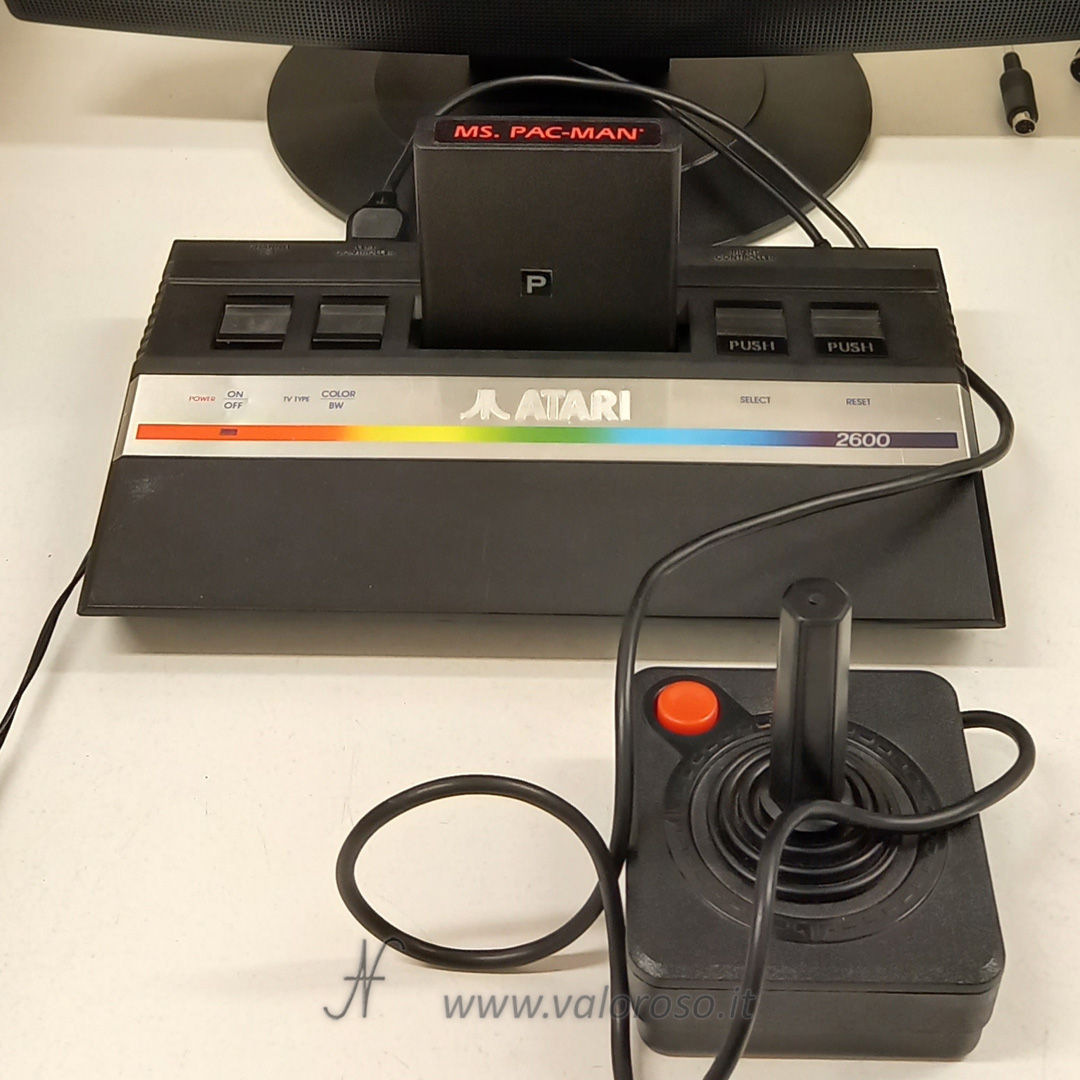
The 1980s: Little Computer People brings artificial intelligence to home video games
The 1980s marked an important step for artificial intelligence in video games. David Crane, founder of Activision, created games like 'Ghostbusters' and 'Little Computer People' for the Commodore 64. The latter was revolutionary for introducing the idea of an artificial person living inside the player's computer. This innovation paved the way for the use of artificial intelligence algorithms in video games.
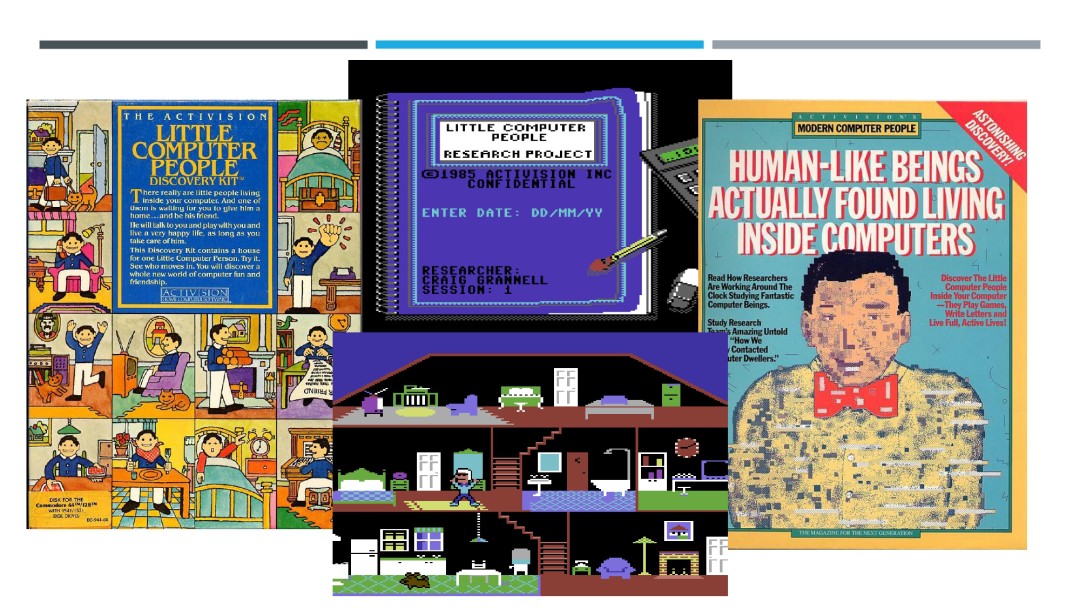
The refinement of artificial intelligence in video games
In the 1990s and after, artificial intelligence in video games continued to evolve. Games such as 'Herzog Zwei', 'Dune II', and 'Halo: Combat Evolved' introduced more advanced artificial intelligence algorithms, including finite-state automata and behavior trees. Despite this, AI in video games was prone to problems such as "cheating": the computer had access to information that human players did not have. It was a bit like in card video games, where the computer knew the opponents' cards.

Doom and the Birth of an Honest AI
It wasn't until 'Doom' that gamers began to experience AI that didn't "cheat." AI-controlled characters responded to the player's actions without privileged access to information about the playing field.
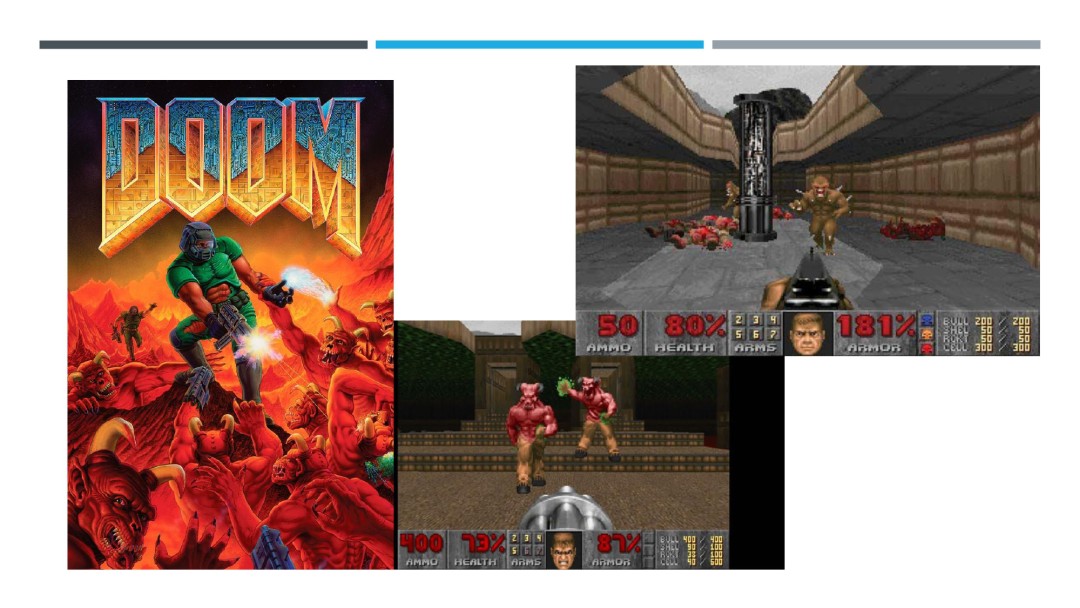
Artificial Intelligence in Video Games – interesting?
This lecture, recorded on video, also explores many other crucial milestones in the history of AI in video games and how they have contributed to creating increasingly immersive and realistic gaming experiences.
Speaker: Carlo Santagostino
Filming: Fabio Massa (BioMassa) and Mariangela Sapia

Stay tuned to @ValorosoIT channels for more insights into retro computers and vintage electronics!